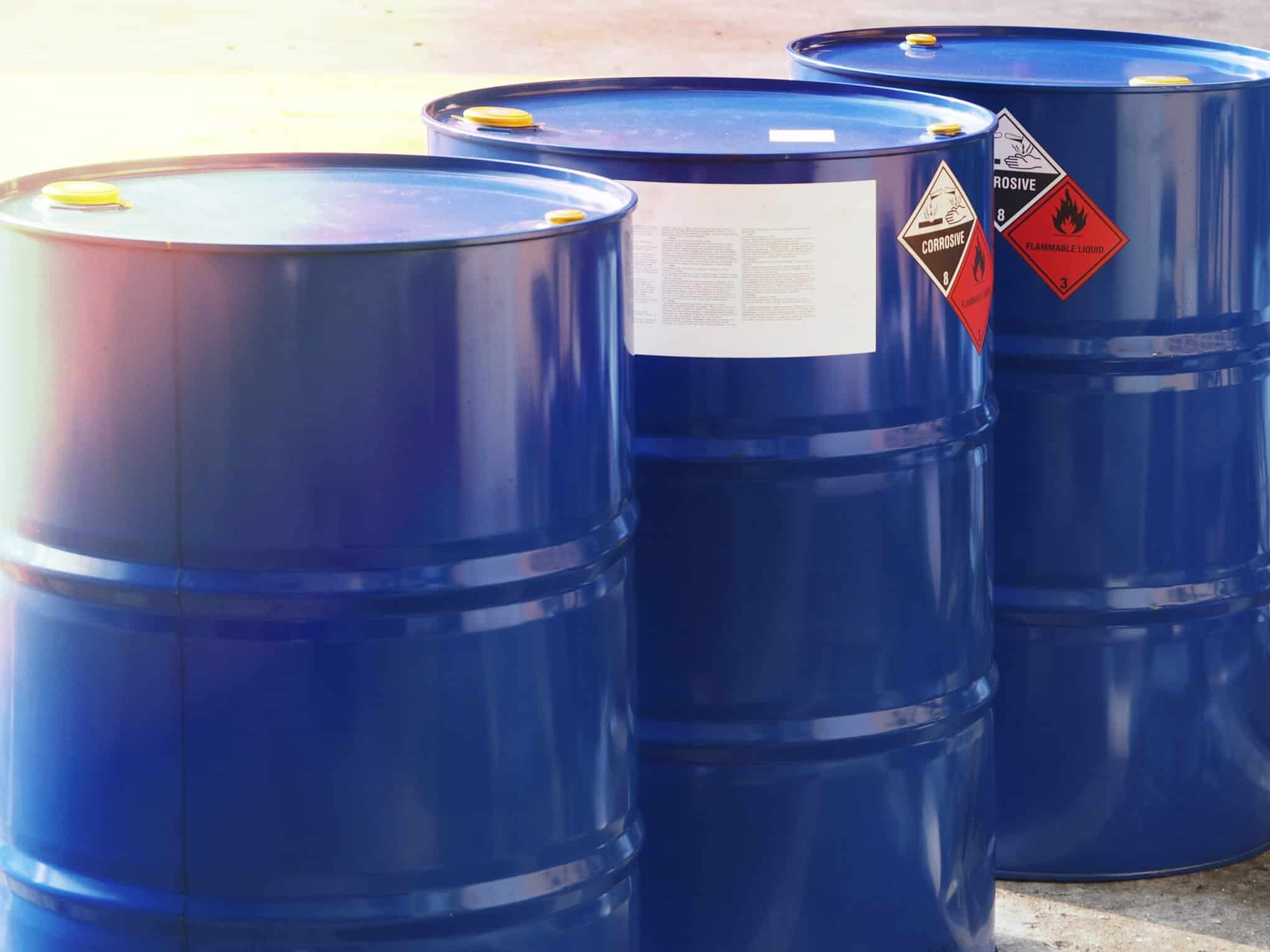Just because waste is hazardous it doesn’t mean we should forget about the waste hierarchy. Pharmaceutical manufacturers and research facilities should still be focused on sourcing the most sustainable outlets available. As part of the process, we should always be asking questions…
* Are there non-hazardous components of these materials that could be separated at source?
* Can non-hazardous elements be recycled or even re-used?
* Can we work with our supply chain to eliminate unnecessary packaging or containers that are creating additional waste?
* How could re-engineering waste and waste processes in pharma manufacturing or life sciences cut costs?
By gaining a good understanding of how medical waste and pharmaceutical waste is generated, it is possible to extract value through better segregation or separation of differing materials.
For example, different solid hazardous wastes cost varying amounts to dispose of, while, separating different streams at source will enable cost-savings. Pharm solids are 100% more expensive to dispose of than contaminated packaging and dry solvents can be up to 200% cheaper to dispose than wet solvents (those which contain water).
By segregating waste at source, more sustainable and cost-effective disposal solutions can also be deployed, rather than sending everything to high temperature incineration (HTI). Equally, not mixing solvents and separating aqueous from flammable liquids will enable more waste to be recovered and recycled, thus lowering costs and overall carbon footprint.
Watching our waste
Through understanding the make up of your waste and the routes available in the market, it is possible to extract value and drive waste up the hierarchy.
Making the waste easier to handle through better segregation will mean it will be more accessible to treat. This will increase the chances of disposal at a facility more local to where the waste is generated. The more local the waste disposal route, the lower your associated carbon footprint.
Too many businesses think only of the carbon footprint directly relating to their products’ production. Waste disposal is a huge part of a product lifecycle, and where waste goes once it leave site can have a positive or negative impact on the wider environment.
Waste should be looked at as a department requiring specialist knowledge from outsourced providers. Too often companies outsource cleaning contracts but don’t look at waste through the same lens. Waste, managed correctly, has the potential to not only save significant sums of money, but also to return revenue through rebates through commodity materials.
Toll recovery seems to be a common theme within the chemical and pharmaceutical industries at the moment, which involves clean solvent being treated offsite and returned to the customer for re-use.
This is something that can become accessible with better management of solvents. Clients are also more focused on recycling outer packaging and separating non-contaminated packaging from any that may contain hazardous components. Both innovations enable clients to achieve savings, drive waste up the hierarchy and reduce carbon footprint impact.
When it comes to waste management in industry, proactivity is essential and the time to act is now.
If you’d like to check your waste health or arrange a free, no-obligation waste review at your site go to axil-is.com/waste-audit
Josephine Dimbleby MCIWM is Business Development Manager at Axil Integrated Services






